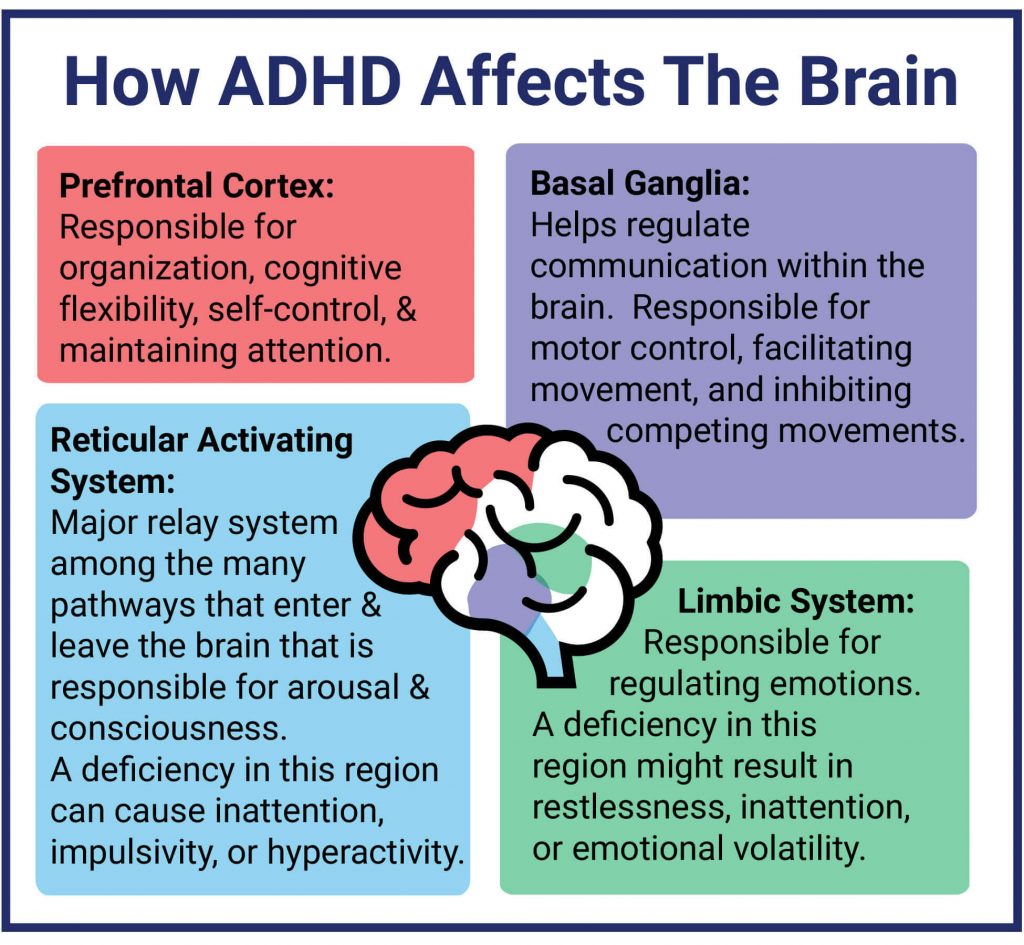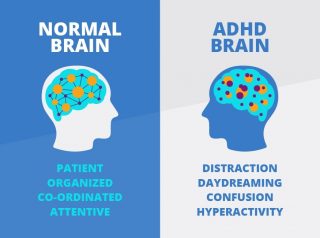

In fact, since children with ADD are most often not disruptive in school, they may be mistakenly viewed as simply “shy” or a “in a world of their own.” There is no single test for Predominantly Inattentive Type ADHD (formerly ADD). Those with this type of ADHD tend to act out and demonstrate behavior problems. In comparison, those with Predominantly Hyperactive-Impulsive ADHD align more closely with the stereotypical understanding of attention deficit - a fidgeting, impulsive individual (usually a child), who is bursting with energy and struggles to wait their turn.

They can also be prone to forgetfulness and losing things, and struggle to follow instructions. They might be considered daydreamers or appear to be disinterested and disorganized in the classroom or the workplace. People with ADD often lack the hyperactivity component that is a prominent symptom of Predominantly Hyperactive-Impulsive ADHD. Self-Test: ADHD Test for Children What are the Symptom Differences Between ADD and ADHD? Self-Test: ADHD Symptoms in Adults Adults

ADD is an outdated term and no longer a medical diagnosis, though it is often still used to refer to a certain subset of symptoms that fall under the umbrella term, ADHD. Patients with these symptoms may have what clinicians now call Predominantly Inattentive Type attention deficit hyperactivity disorder (ADHD). ADD symptoms in adults include trouble focusing on school work, habitually forgetting appointments, easily losing track of time, and struggling with executive functions. What Is ADD (Attention Deficit Disorder)?ĪDD (attention deficit disorder) is the term commonly used to describe a neurological condition with symptoms of inattention, distractibility, and poor working memory.


 0 kommentar(er)
0 kommentar(er)
